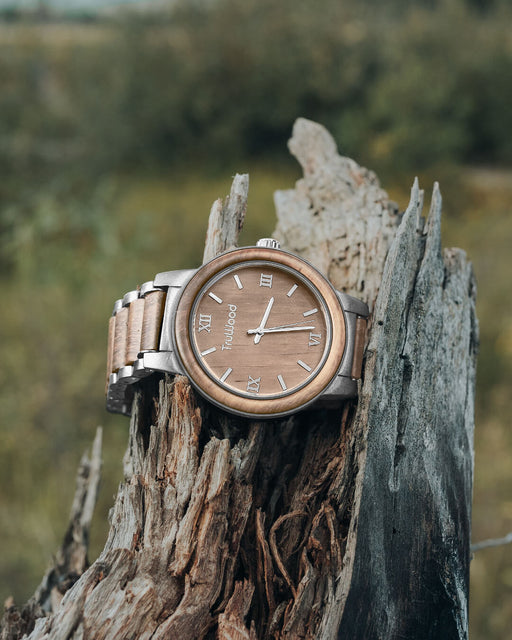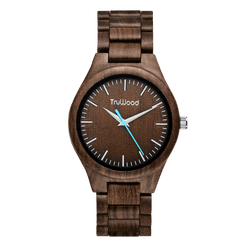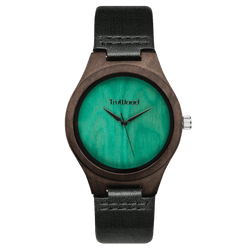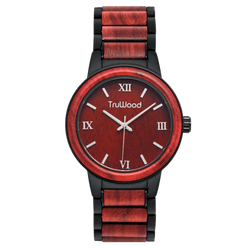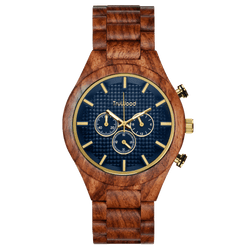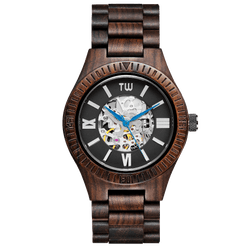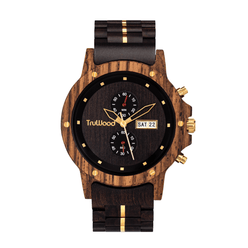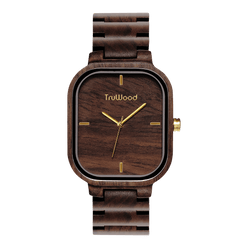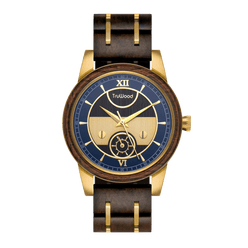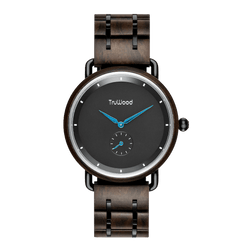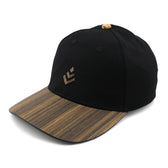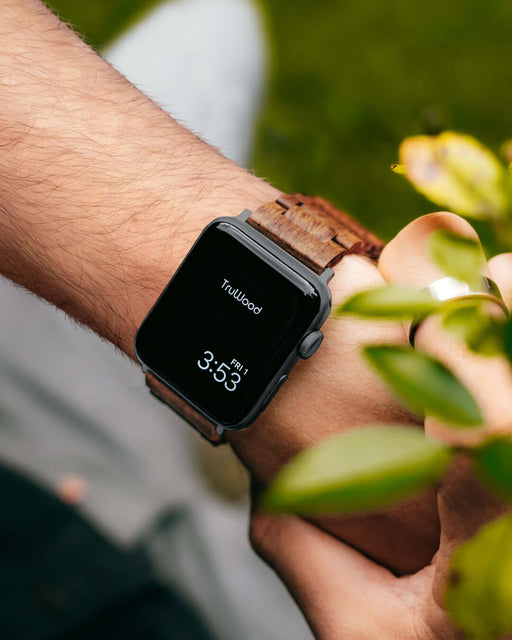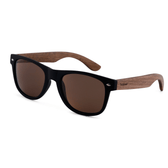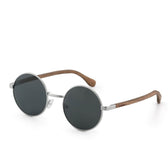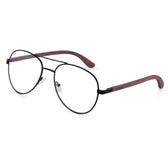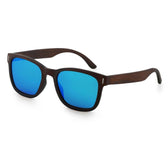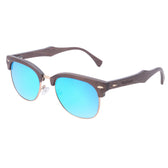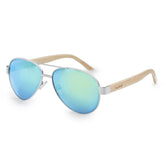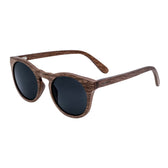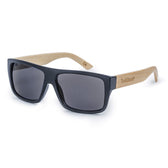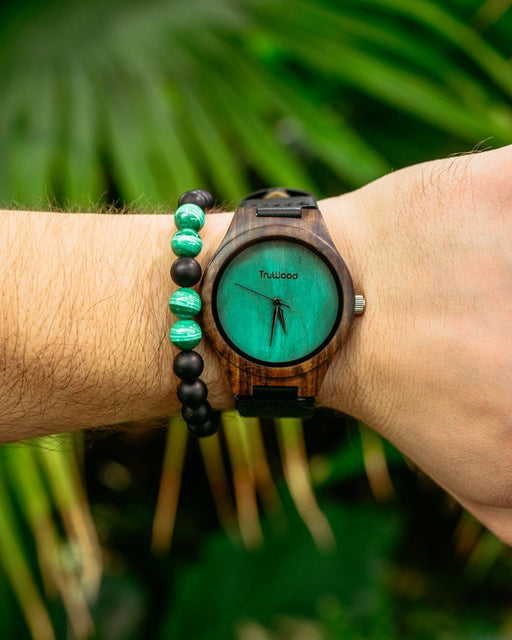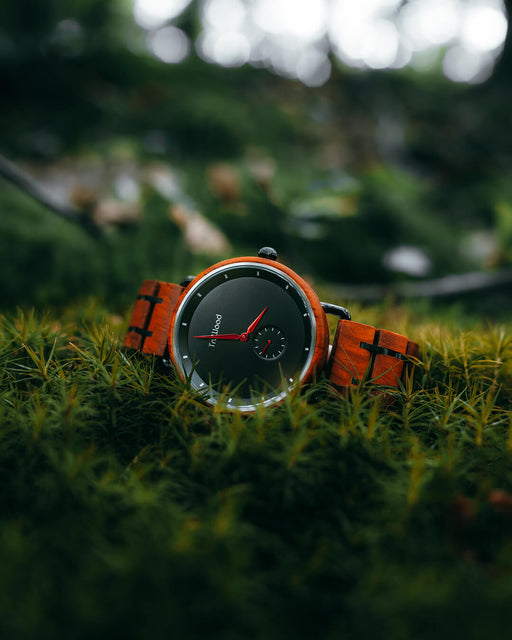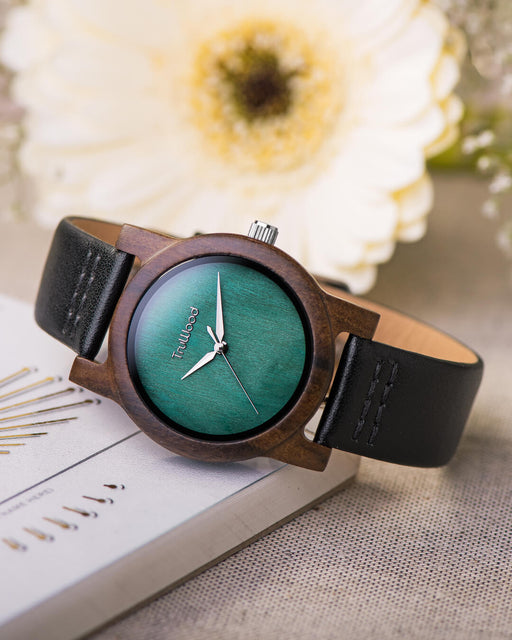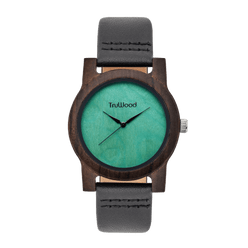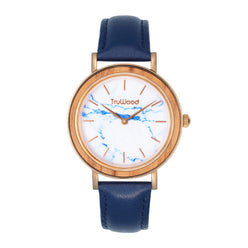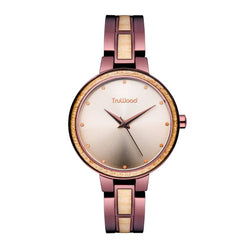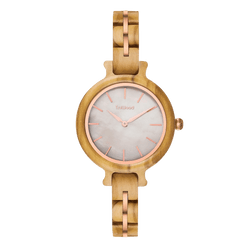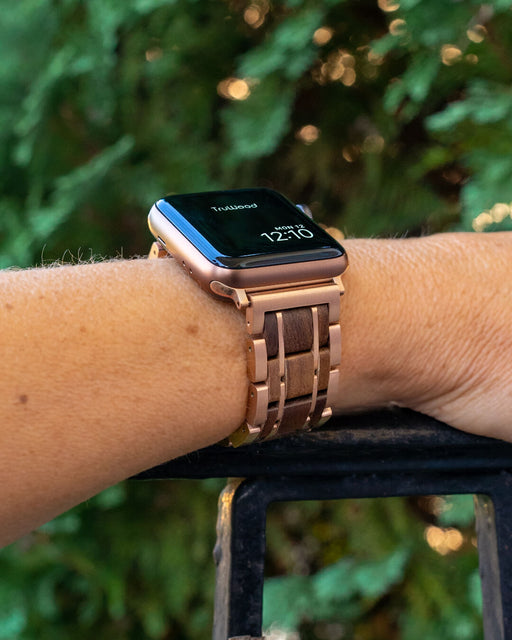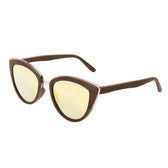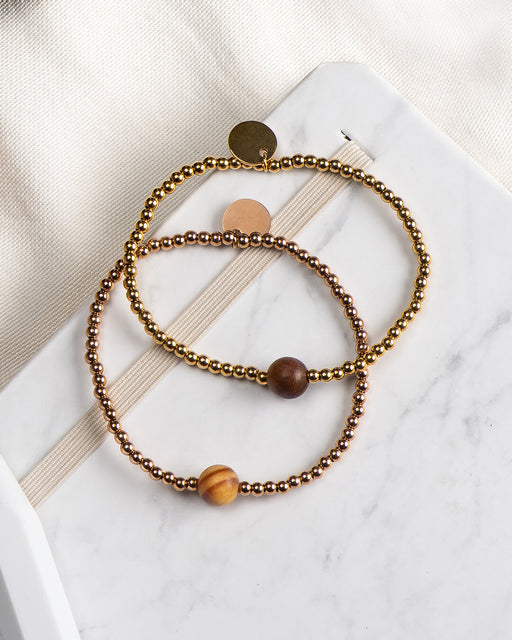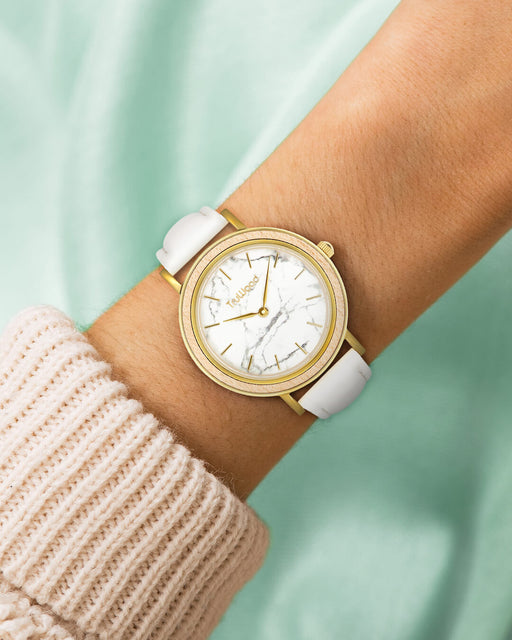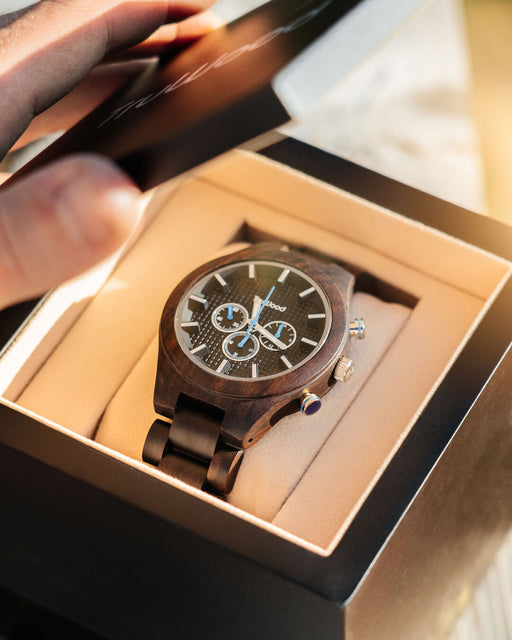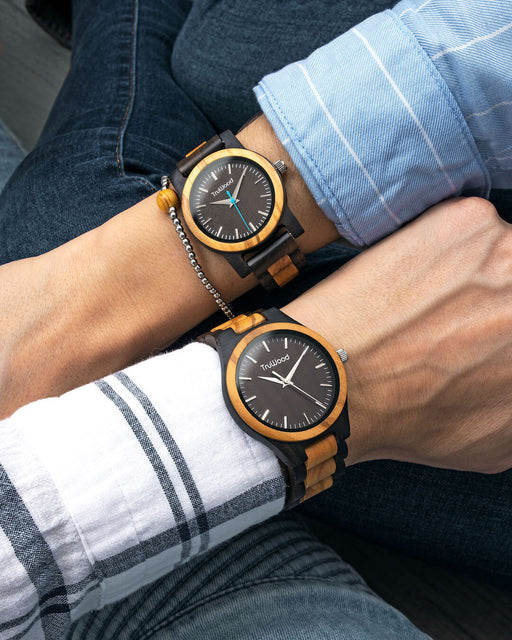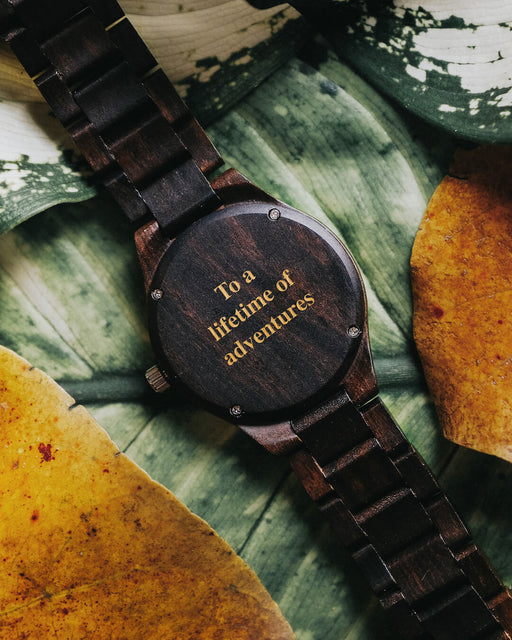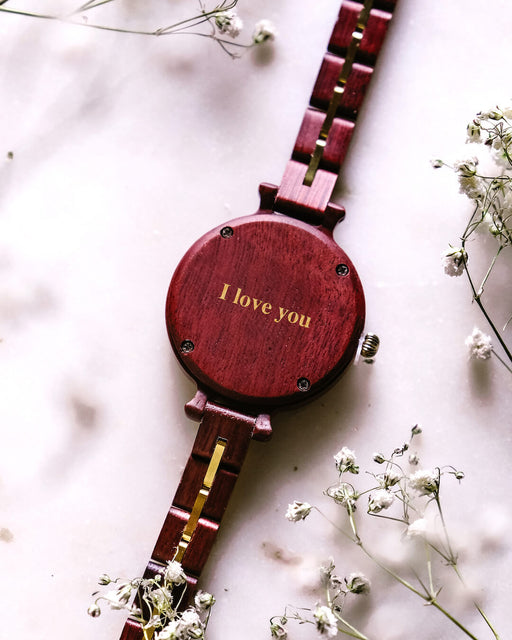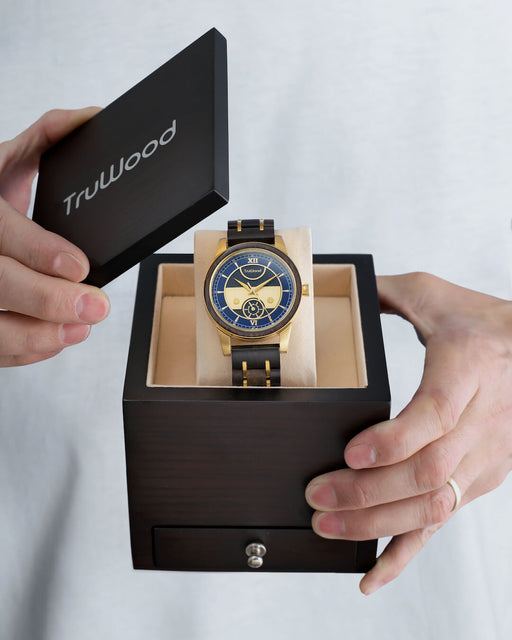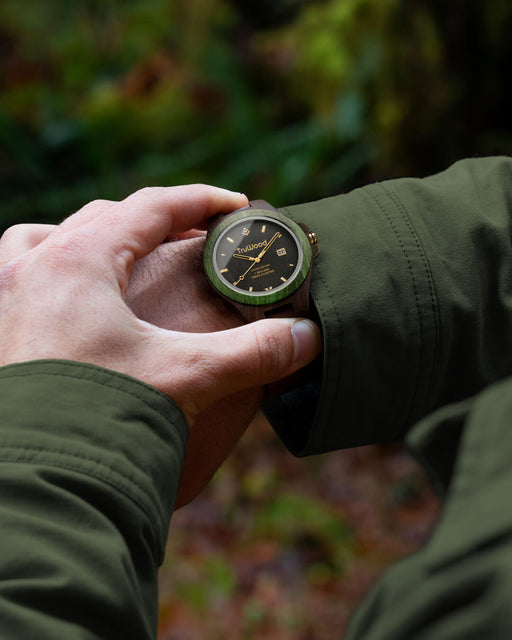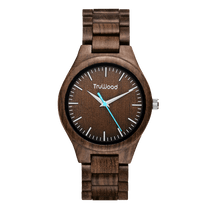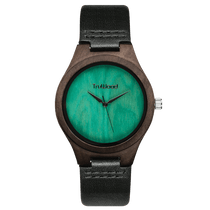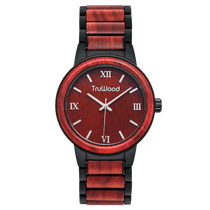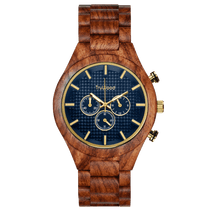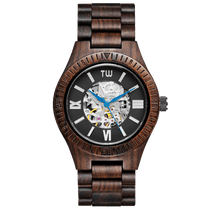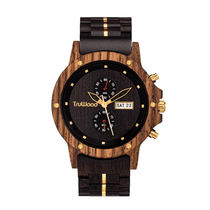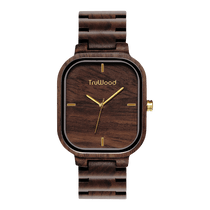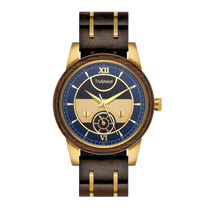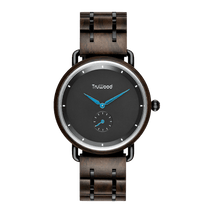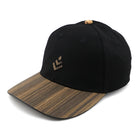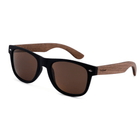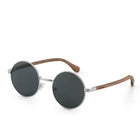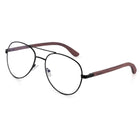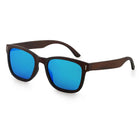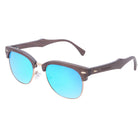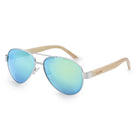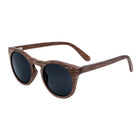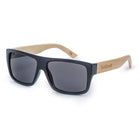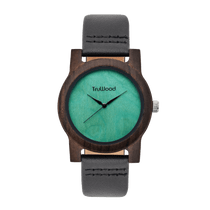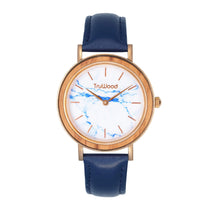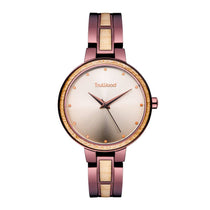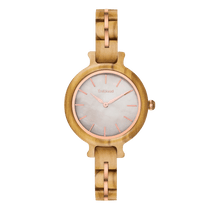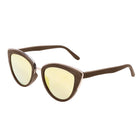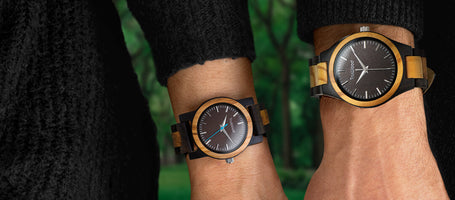You just woke up. It’s 8:30AM and you have an interview at 9AM - you might be late! You bolt out of bed, wolf down breakfast and run to your car. Alas, you run into traffic and it seems like you’re hitting every red light possible!
Have you ever felt anxious because you might be even 5 minutes late for something? Well my friend, it seems like you and I were born in the wrong millennium! As late as the 16th century, there was no real way to tell time accurately - so it was impossible to be late!
The ability to mark the passage of time is unique to humans, and our species has been crudely measuring it even before recorded history! By 3500 BCE the sundial was a commonplace in both China and Ancient Egypt; it’s origins are indeed beyond the oldest recorded civilizations.

But what happened when the sun wasn’t around? To fill in overnight gaps, candles burning at a set rate and hourglasses became household items. But we still needed to do better. Around 1,000CE mechanical clocks involving gears, pulleys and bells began popping up. In fact, the word clock is actually derived from the french word for bell, “cloche”.
But all these methods just weren’t accurate - they could lose (be off by) as much as an hour of time every day. Imagine the havoc this could wreck for boys picking up their lady-friends for date night. Legend has it this is where the term “fashionably late” came from. :)
The First Watch
It wasn’t until 1505 when locksmith Peter Henlein invented the world’s first portable pocket watch. It became popular with sailors who used it to keep watch of their 4 hour shifts of duty… and thus acquired the name “watch”.
Mechanical watch movements went through periods of rapid technological improvements, becoming more and more accurate up until the late 19th / early 20th century. It was during this time that the most famous watch brands of today opened up shop. All pioneers and role models in their own right, Omega opened doors in 1848, Patek Philippe in 1868 and Rolex in 1905, with Patek claiming to have created the first ever wristwatch.
However, in the early 1900’s, wearing a wrist-watch wasn’t common at all. Pocket watches still dominated the scene, and the unique wrist-watches were just considered a fashion fad - until World War I that is.

World War I
A soldier or aviator in World War I had to carry rifles and equipment, all whilst shooting and dodging bullets to accomplish time sensitive missions. Being able to tell the time was of extreme importance, but using a pocket watch just used too many limbs for comfort. It was a safety hazard that needed to be solved. Some ingenious American soldiers eventually began strapping on pocket watches to their wrist for easy access.
And what they discovered on the battlefield surprised them - their European counterparts were doing the exact same thing! Fad no more, the New York Times published an article of the real importance and convenience of wrist-watch, and that’s when the scene really blew up.
Quartz
Wrist-watches now became extremely popular, with new brands popping up around the world. Then in 1969, the year the eagle landed on the moon, the ability to tell precise time also took a giant leap for mankind with the production of the first ever quartz watch. The new quartz movement used electronic vibrations to tell time with extreme precision, and even today, it remains as the most popular movement used in watches.
With silver, stainless steel, and gold being common materials used in the production of watches, companies began trying out new materials like titanium, carbon fibre, ceramic and aluminum. Introducing wood as a viable material is where we leave our mark on the longstanding history of watchmaking.
While some of our collections use quartz movements, we also produce watches with robustly tested mechanical movements. While some prioritize time accuracy like the TruWood Pilot, others like the TruWood Atlas showcase the beauty and legacy of a thousand years of mechanical movement development.
Watches today aren’t merely devices used to replace the sundial. They are works of art, and the materials used to make them are just one colour of paint on the canvas. By introducing wood into the picture we’ve developed a new colour, and when crafted with the right care and vision, the result is absolutely beautiful.
We invite you to wear a piece of history on your wrist. Check out our latest designs - you won’t regret it.

